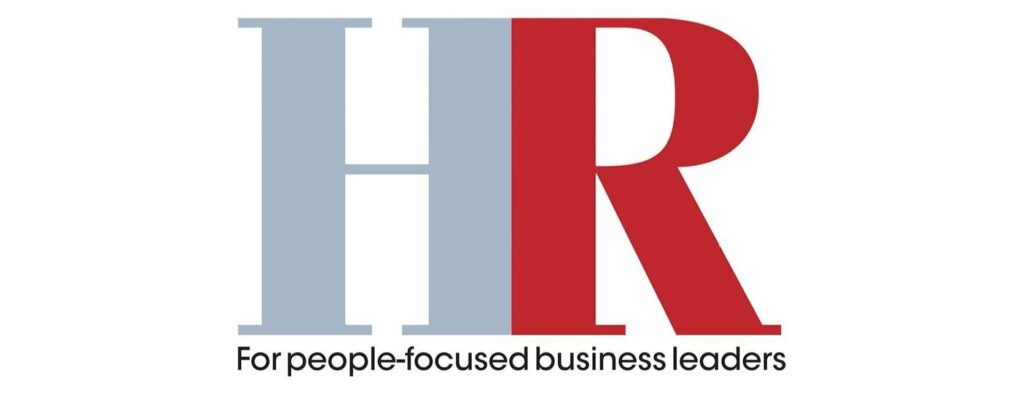Initially, email served as a quick way to share information, but during the lockdown, it evolved into a primary mode of communication, replacing in-person meetings and causing inbox overload. This misuse of email has contributed to workplace burnout.
Two approaches to cope with this email overload exist: some people avoid it and sift through their messages for relevant information, while others proactively manage their inboxes regularly.






